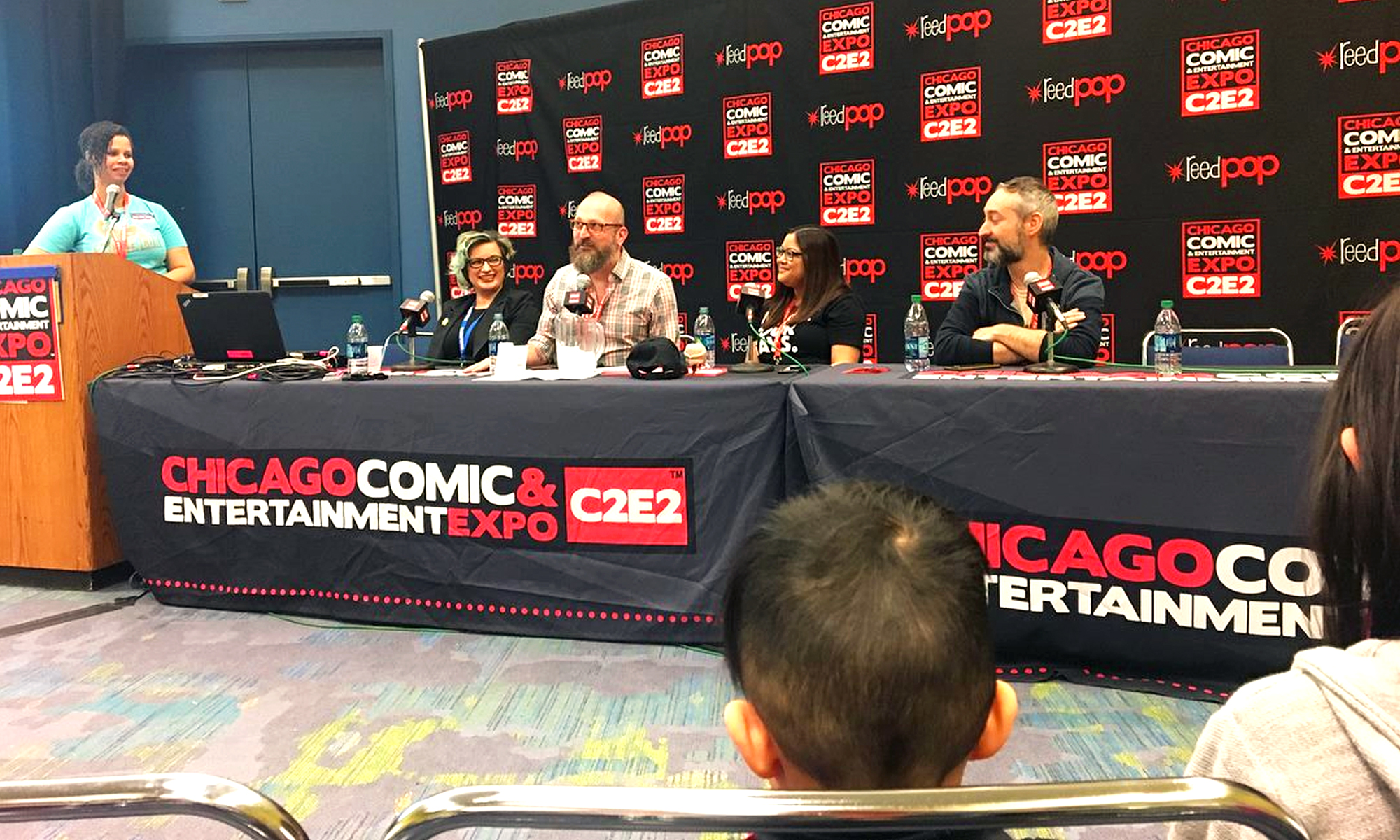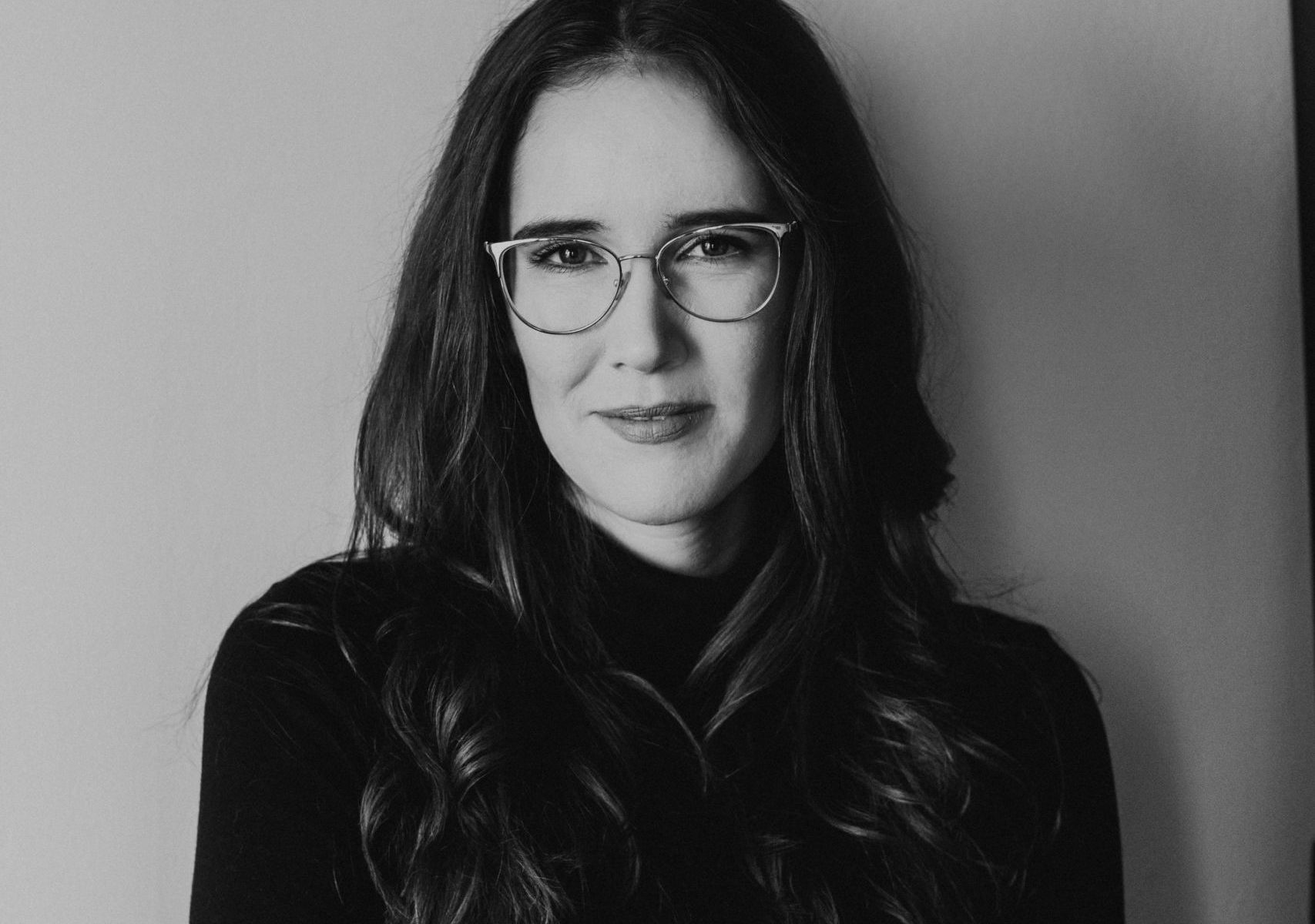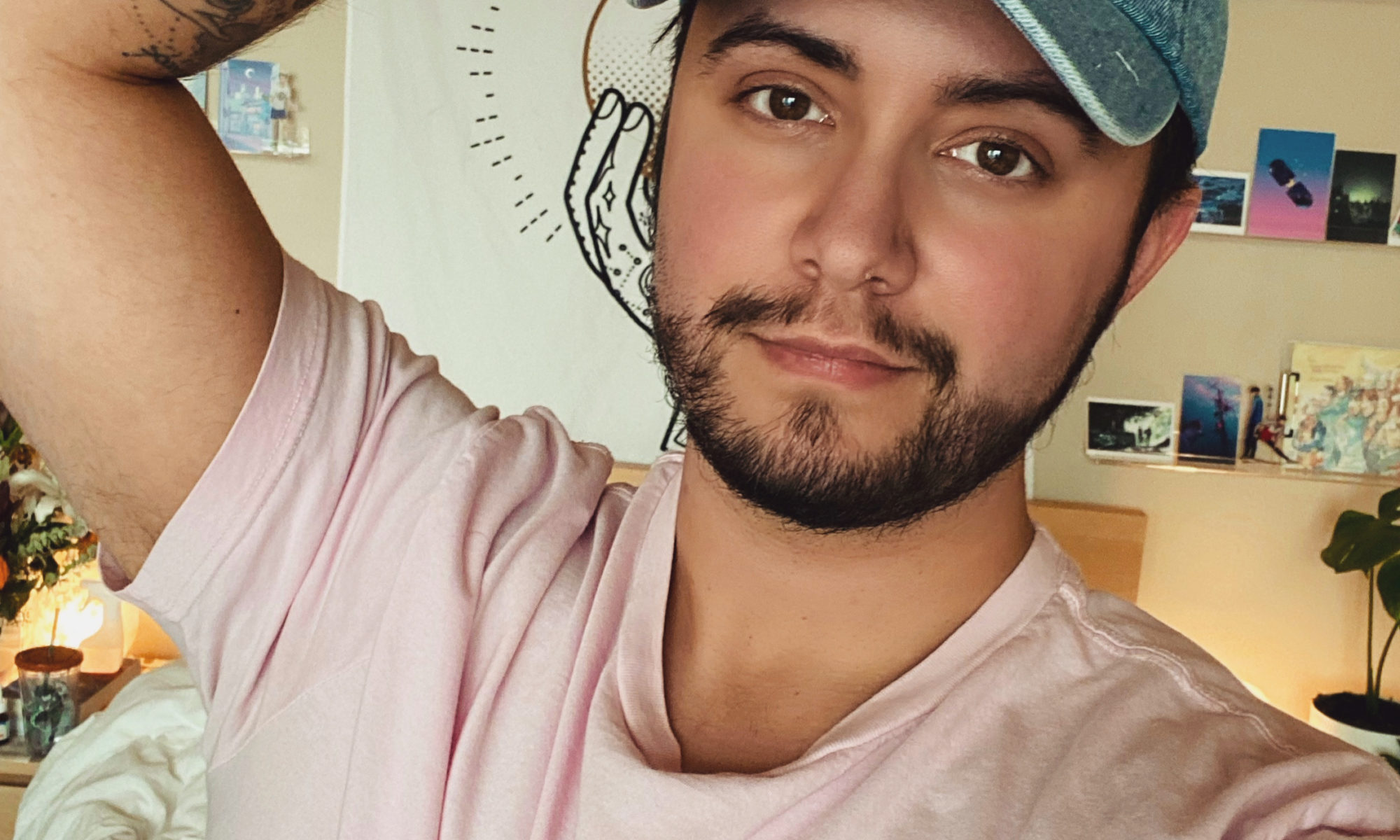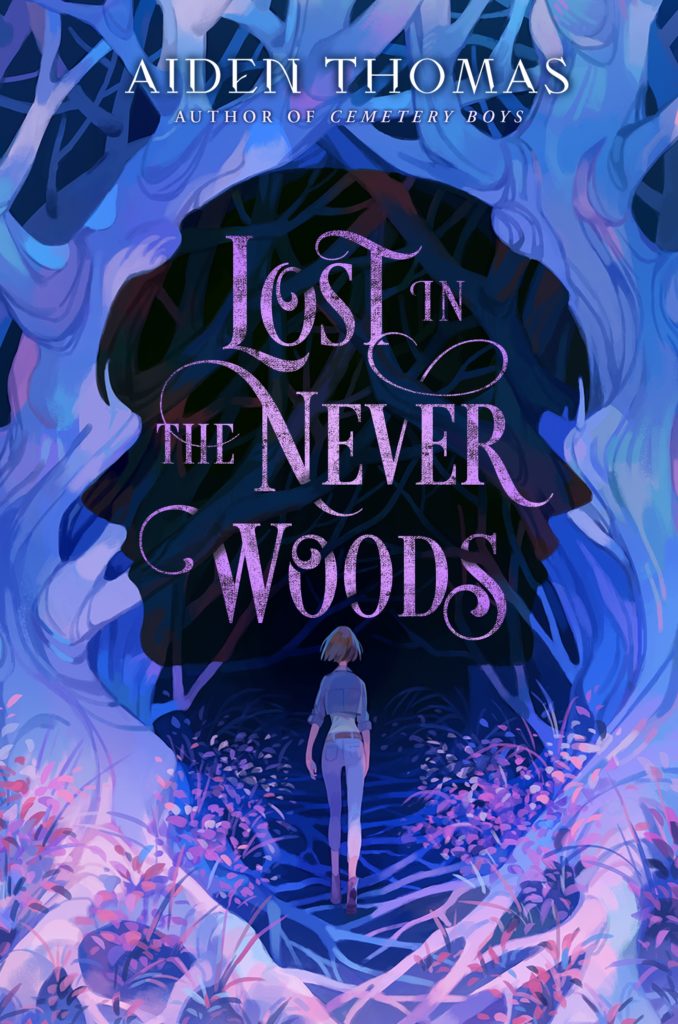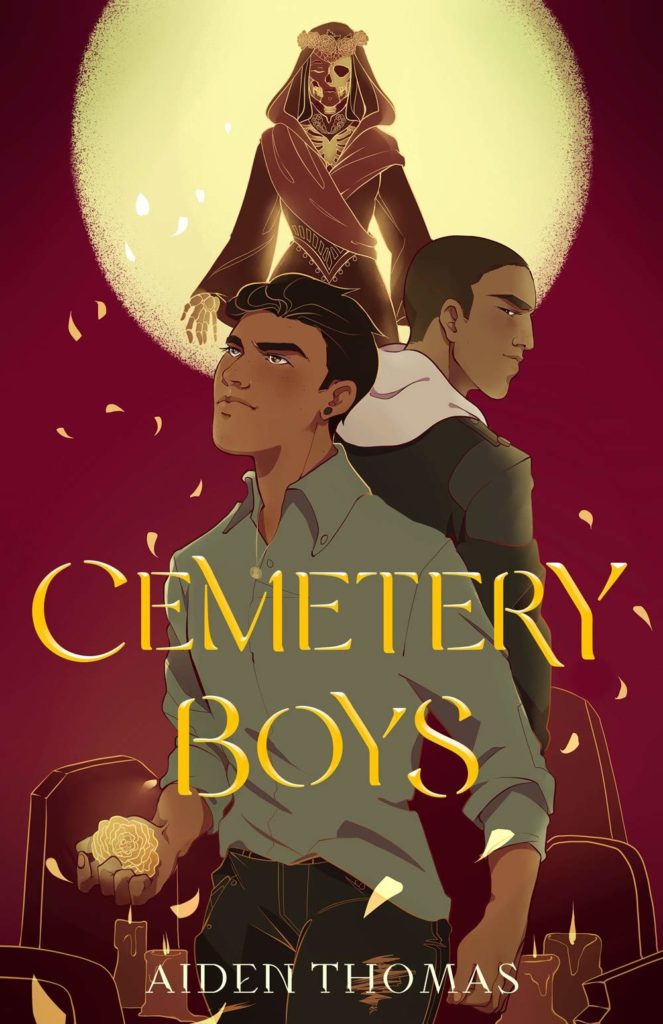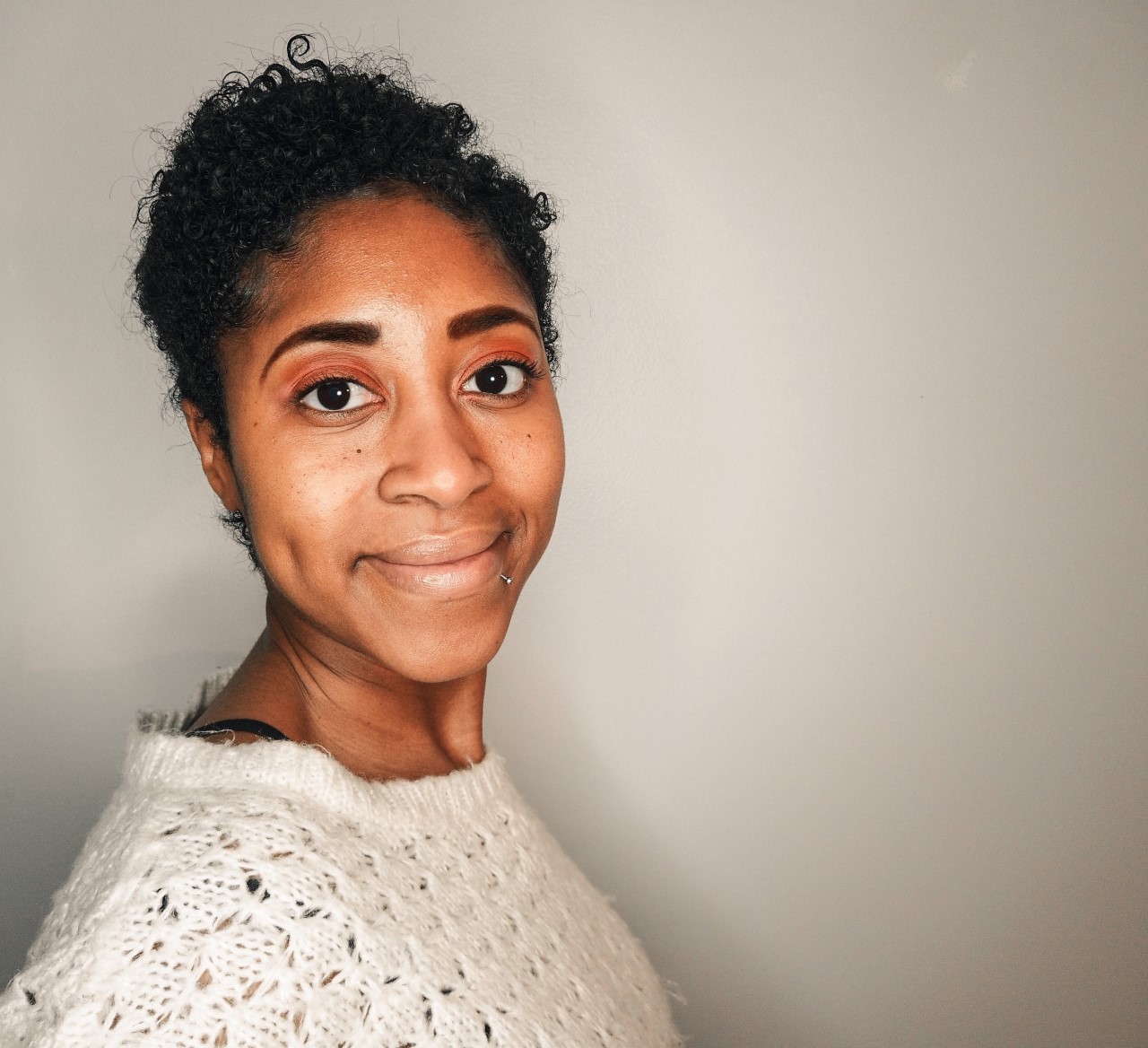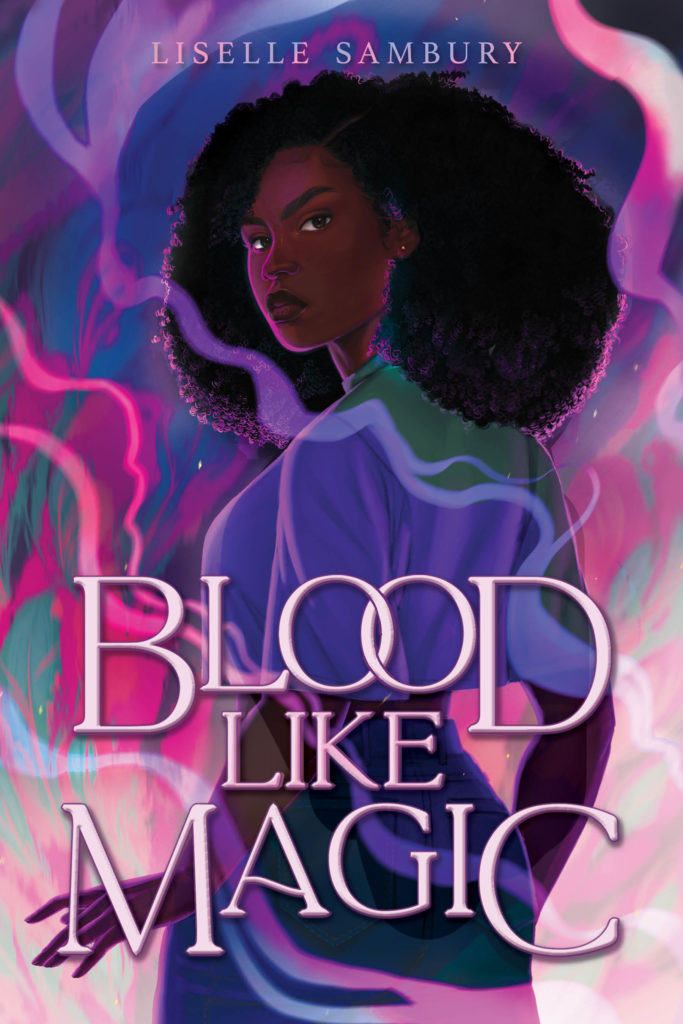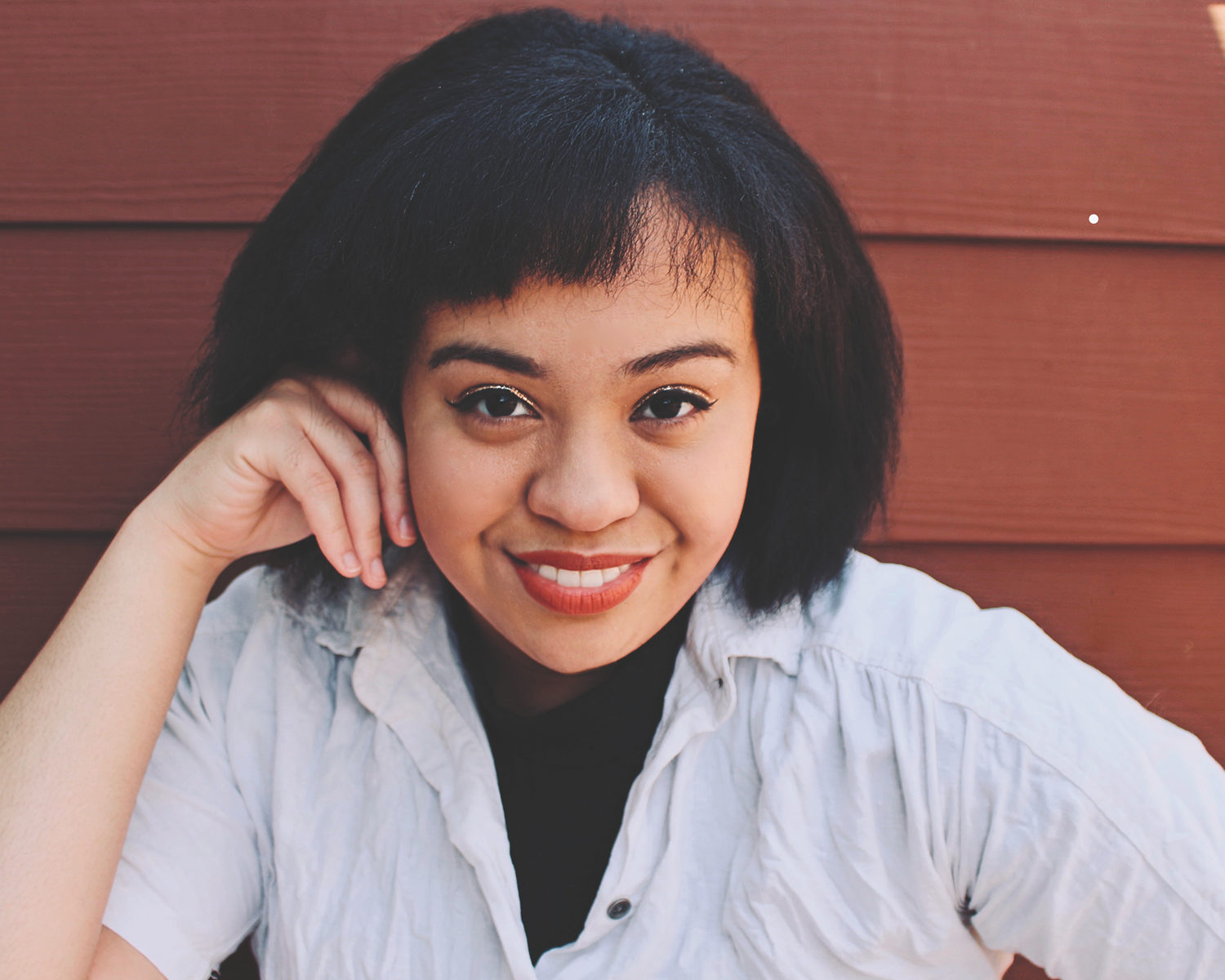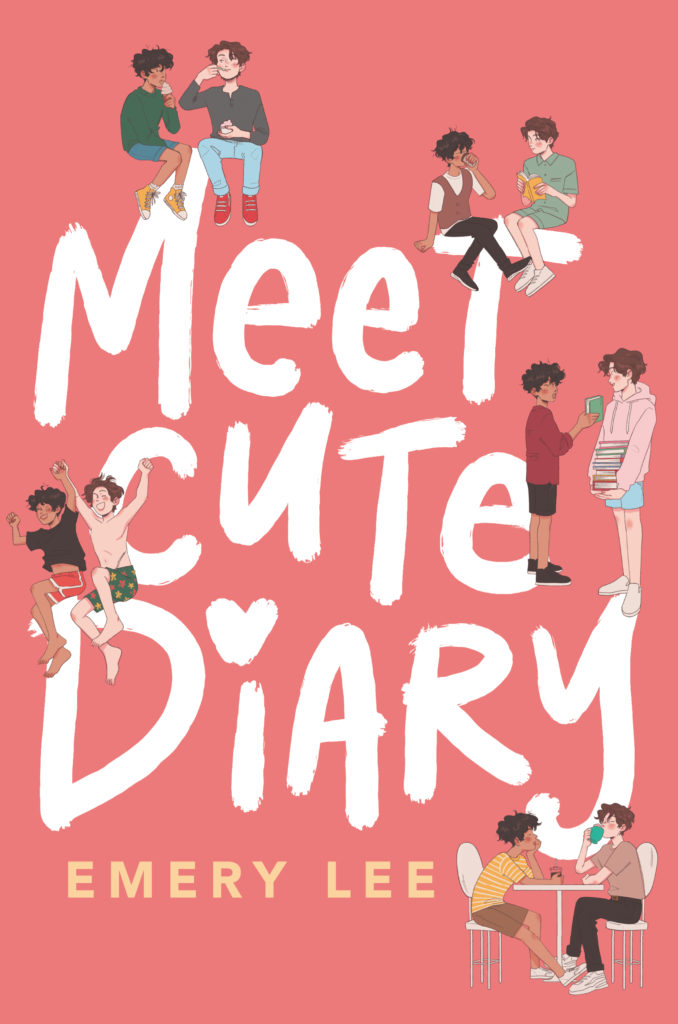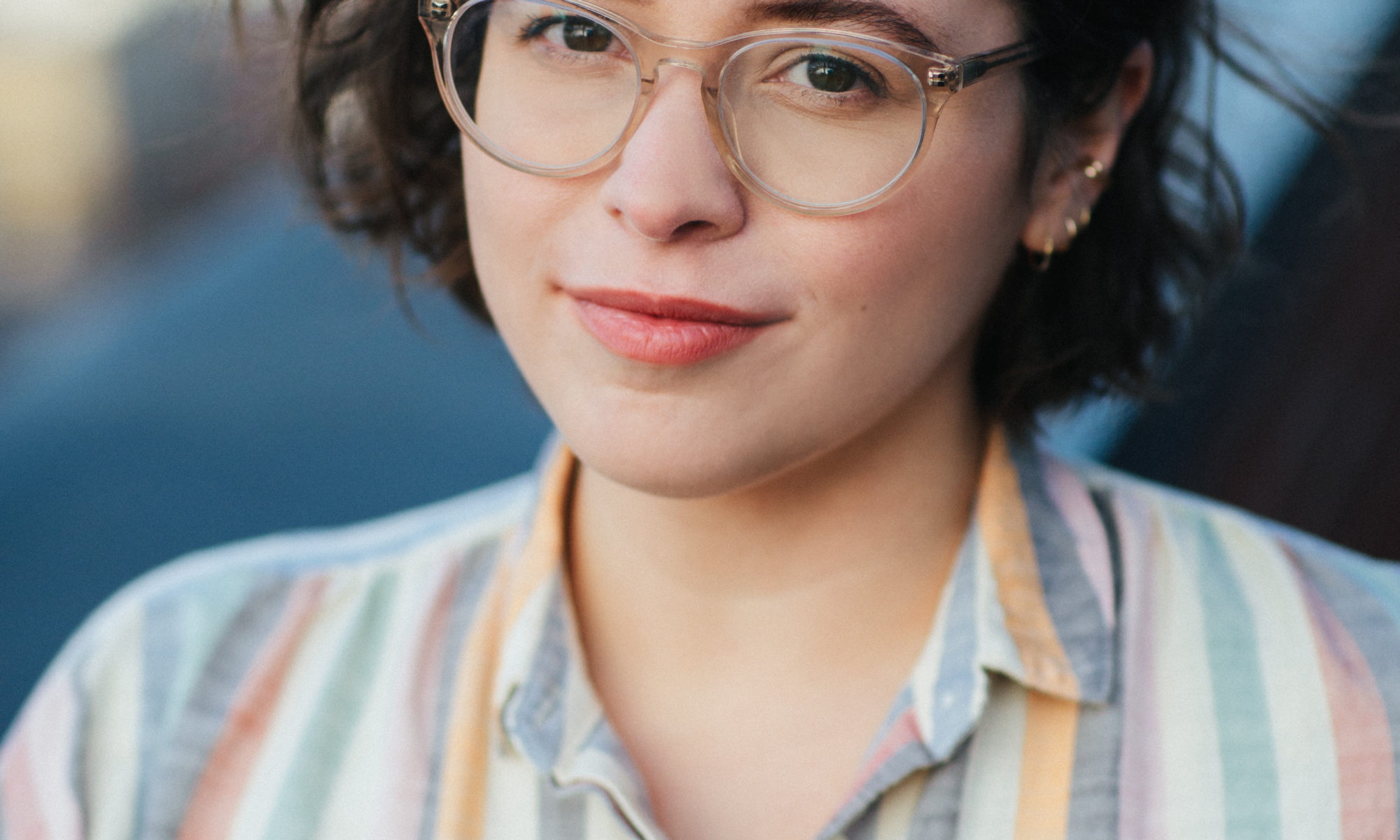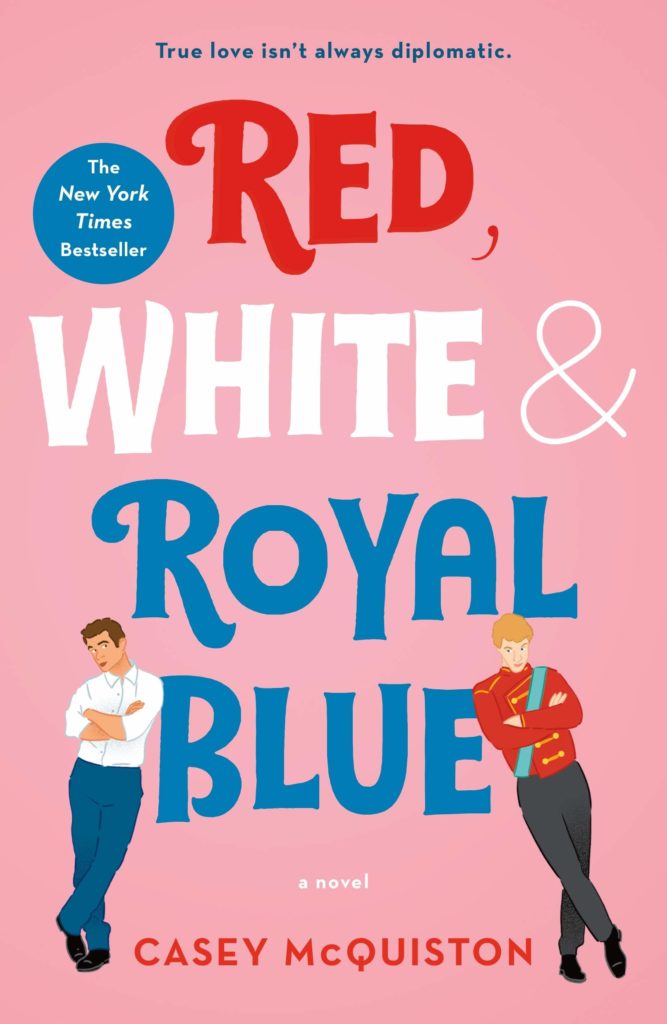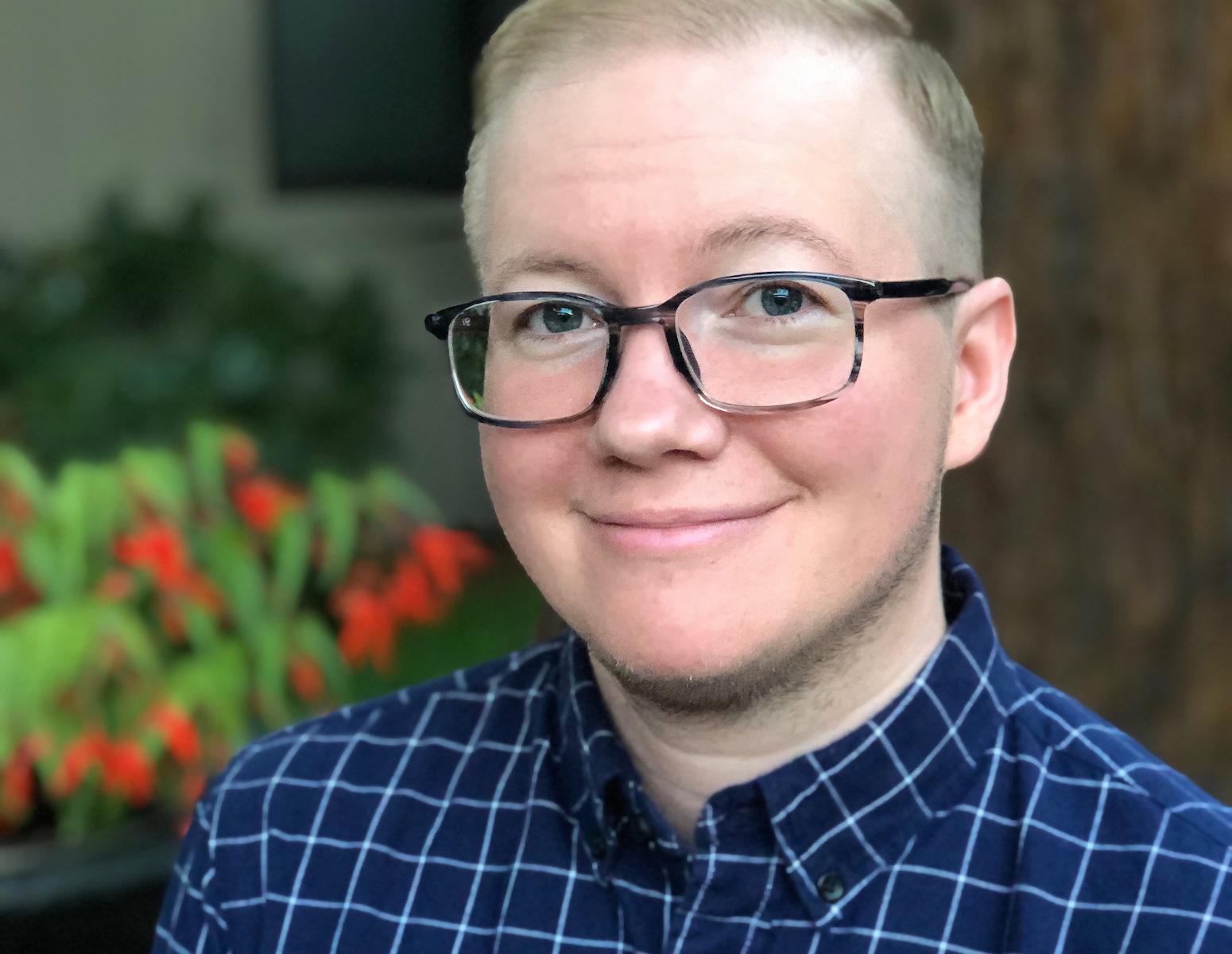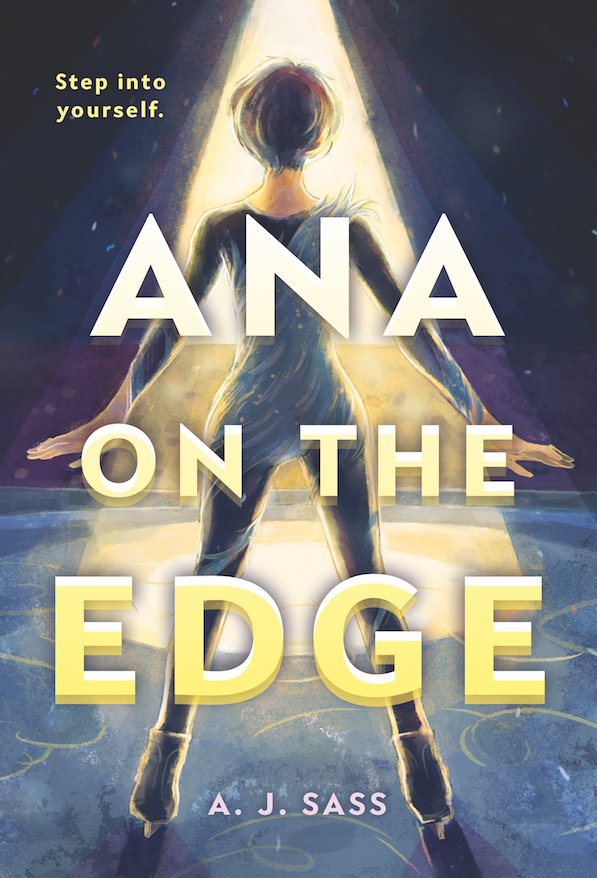Adrienne Tooley grew up in Southern California, majored in musical theater in Pittsburgh, and now lives in Brooklyn with her wife, six guitars, and a banjo. In addition to writing novels, she is a singer/songwriter who has currently released three indie-folk EPs. Sweet & Bitter Magic is her debut novel. I had the opportunity to interview Adrienne, which you can read below.
First of all, congrats on your new book! Where did the inspiration for Sweet & Bitter Magic come from?
Thank you!! It definitely started with a few big concepts. At the heart of it, SWEET & BITTER MAGIC is a book about grief, love, and power. These concepts are explored through the eyes of two very different girls. With a dual POV I got to see the world through the eyes of Wren, a girl who feels everything, and Tamsin, who feels nothing (though not by her own volition).
I also wanted to explore the idea of strength and power and how that affects the world and the individual. When being told that strength is good, and weakness is bad, how does that affect the ways a person can grow? How does that affect their relationships? How does that affect their own perceived value? And then, on the flip side, how does a person deal with the consequences of that power? In SWEET & BITTER MAGIC I got to attack those concepts head-on.
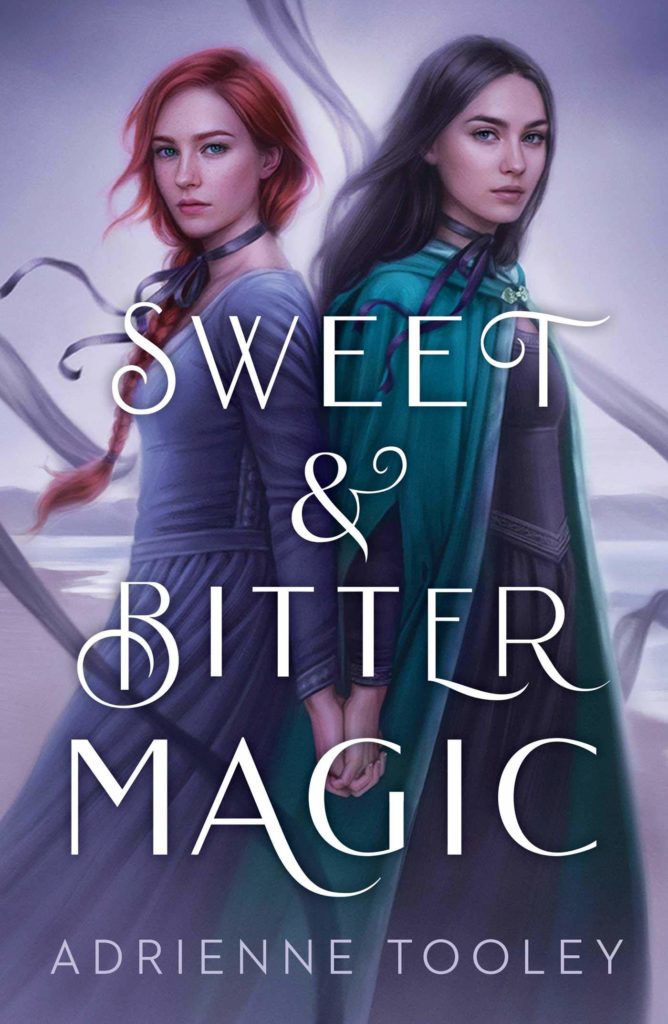
How did you find yourself drawn to storytelling and the YA genre specifically? And what was it about fantasy that drew your attention?
The books I read when I was a teenager are the books that have stuck with me, even to this day. There’s so much room for exploration in YA. When you’re a teenager, that’s the first time that you’re really finding your place in the world, and those are the stories that really call to me as a writer. Fantasy also offers the ability to build a world on top of a story. Especially as a queer writer there is a freedom in fantasy and building a world for your characters to inhabit that is different than the world we live in.
In an essay you wrote for YA Pride, “Finding My Queer Self Through Books,” you had discussed a little bit of your publishing journey, including telling potential agents, “All of my books will be queer. In every age-category or genre I choose to write. This is important to me and I want to make sure it’s important to you, too.” With publishing, I feel like there’s sometimes this hesitancy for new writers to advocate for themselves, especially those from more marginalized communities, i.e. the LGBT community. What made you decide to say this?
I definitely recognize the privilege in being able to advocate for myself in that way. Not every publishing gatekeeper will respond positively to something like that, but I was fortunate enough to find an agent who prioritizes queer stories, who didn’t even blink when I made that request. In no way do I think writers should need to out themselves in order to write queer stories, but for me personally, I live the rest of my life out and wanted to make sure that my writing career was in the hands of someone who understood and respected that.
Besides queer witches, are there any other mythological or magical elements are you are hoping to explore in future stories?
I’m hoping to delve deeper into different types of magic and magical systems in future books. I’m also fascinated by cults and hope to explore something like that in one of my future stories. One of the best parts of world-building is getting to create brand new lore and legends and religious figures and deities, and in that sense, the possibilities are endless!
As an out author, what would you say to your young queer self? What message do you hope to give to young queer readers and writers out there?
You matter. Your heart matters. Your love matters. Your words matter. So keep supporting and seeking out and writing those books that make you feel seen, because there are so many stories to tell, and there is room for your voice.
What advice would you give for aspiring authors who are navigating writing and publishing?
Be diligent, be patient, and always be looking for ways to level up your craft. Read widely and often! Since so much about what happens to a book after you write it comes down to luck and timing, it’s important to focus on what you can control: ie your characters, the heart of your writing, constructing an intriguing voice, and studying and improving your craft.
Are there any other projects or story ideas you are currently nursing and could tell us about?
Yes! My second book, SOFI & THE BONE SONG is a standalone fantasy about a young musician whose future falls apart when another girl wins the title she’s been training her whole life for. It’s got magic, music, taverns, an endless winter, and an exploration and dismantling of the idea that people should suffer for their art. Also, it’s sapphic!! Currently, it’s slated for a Spring 2022 release.
Finally, what are some LGBTQ+ stories you would recommend to the readers of Geeks OUT?
There are some INCREDIBLE LGBTQ+ books coming out this year! This Poison Heart by Kalynn Bayron, Rise to the Sun by Leah Johnson, She Drives Me Crazy by Kelly Quindlen, These Feathered Flames by Alexandra Overy, The Unpopular Vote by Jasper Sanchez, & The Dead and the Dark by Courtney Gould are just a few that immediately come to mind!!
